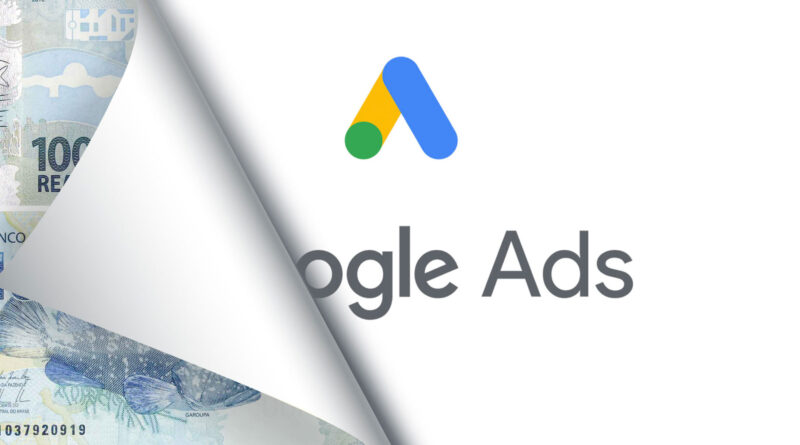What is Google Ads & How to Use Them For Business
Here’s a detailed overview of What is Google Ads & How to Use Them For Business, organized into subheadings for easy reference:
What is Google Ads?
• It is formerly known as Google AdWords, is an online advertising platform developed by Google.
• It allows businesses to create and run ads on Google’s search engine results pages (SERPs), as well as on other Google properties and partner websites.
Ad Campaign Structure:
• Google Ads organizes ad campaigns into a hierarchical structure.
• The structure typically consists of an account, which can have multiple campaigns, each containing multiple ad groups, and within each ad group, there are individual ads and keywords.
Ad Types:
• Search Ads: These ads appear on Google’s search engine results pages based on relevant search queries.
• Display Ads: These ads are shown on websites that are part of the Google Display Network, which includes a vast network of websites and apps.
• Video Ads: These ads are displayed before, during, or after YouTube videos or on other video partner sites.
• Shopping Ads: These ads showcase product images, prices, and other details on Google’s search engine results pages.
• App Ads: These ads promote mobile apps on Google Search, YouTube, Google Play, and other mobile app-related placements.
Targeting Options:
• Keywords: Advertisers can select relevant keywords to trigger their ads when users search for those terms.
• Location Targeting: Ads can be shown to users in specific geographic locations or within a certain radius around a location.
• Demographic Targeting: Advertisers can target users based on factors such as age, gender, and household income.
• Remarketing: This feature enables advertisers to show ads to users who have previously visited their website or interacted with their app.
• Interest Targeting: Ads can be targeted based on users’ interests, which are determined by their online behavior and browsing history.
Ad Auction and Bidding:
• Google Ads uses an auction system to determine which ads to show and in which order.
• Advertisers bid on keywords or placements, and the auction considers factors like bid amount, ad quality, and expected impact.
• Ad Rank determines the ad’s position on the SERPs, taking into account bid amount, ad quality, and expected impact.
Ad Quality:
• Google Ads rewards high-quality ads with better ad positions and lower costs.
• Ad quality is determined by factors like expected click-through rate (CTR), ad relevance, landing page experience, and ad format.
• Advertisers can improve ad quality by creating relevant and compelling ads, optimizing landing pages, and improving user experience.
Ad Performance Measurement:
• Google Ads provides various metrics to measure ad performance, including impressions, clicks, click-through rate (CTR), conversion rate, and cost per conversion.
• Conversion tracking allows advertisers to track specific actions taken by users, such as purchases or form submissions.
• Advertisers can analyze data, generate reports, and make data-driven decisions to optimize their ad campaigns.
Budgeting and Billing:
• Advertisers can set daily budgets to control their ad spend and avoid overspending.
• Google Ads offers different bidding strategies, such as manual bidding or automated strategies like target CPA (cost per acquisition) or target ROAS (return on ad spend).
• Billing options include manual payments, automatic payments, and monthly invoicing, depending on the country and account type.
Ad Extensions:
• Ad extensions provide additional information and functionality to ads, making them more prominent and engaging.
• Examples of ad extensions include sitelink extensions (additional links below the ad), call extensions (phone numbers), location extensions (business addresses), and more.
Ad Policies and Approval Process:
• It has policies that advertisers must follow to ensure a positive user experience.
• Ads go through an approval process before they can be shown, and any violations of policies can result in disapproval or suspension of the ad account.
Remember, this is just a high-level overview of Google Ads. The platform offers many more features, targeting options, and optimization techniques to help advertisers reach their goals. It’s recommended to explore the Google Ads Help Center and other resources for more detailed information and guidance.




